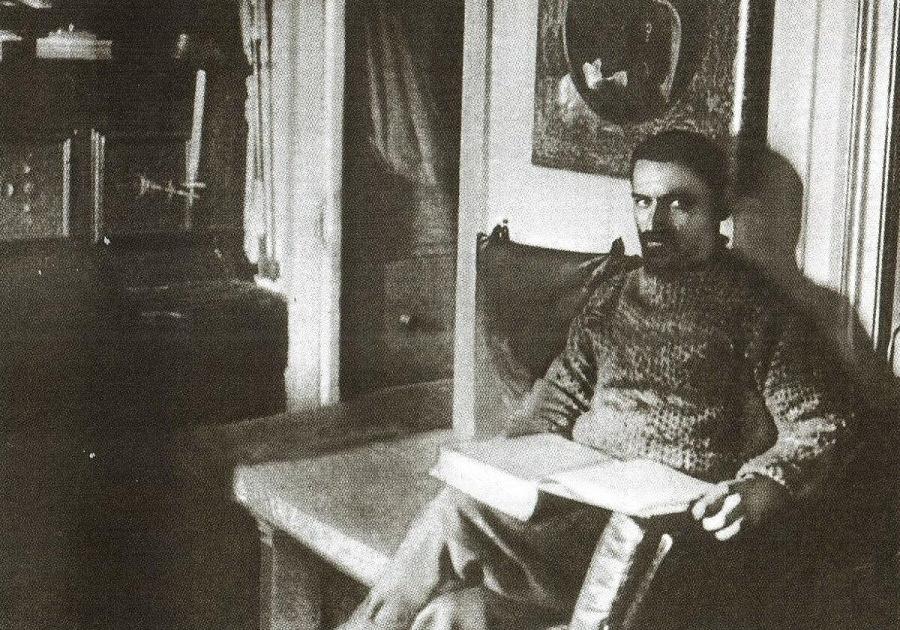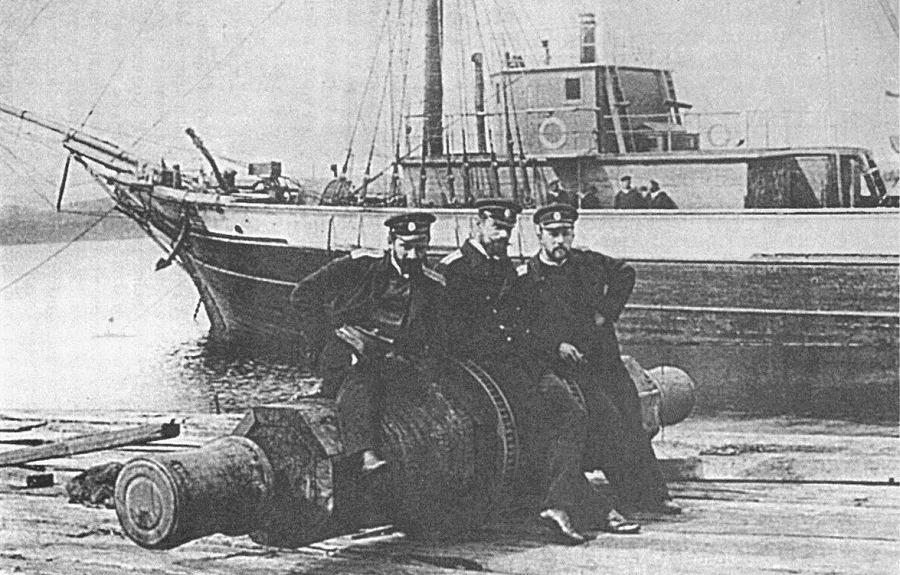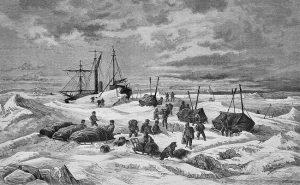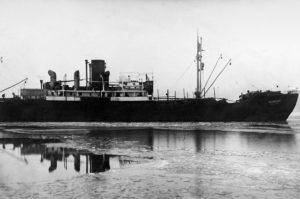
Kolchak in the cabin of the schooner Zarya, 1900. Commons.wikimedia.org
An unknown land
Interest in the personality of Alexander Kolchak does not disappear today, in no small part thanks to the popular feature film “Admiral” starring Konstantin Khabensky. But the admiral’s life was far from limited to the struggle against the Bolsheviks. For many years, almost nothing was known to the general public about Kolchak, a researcher, scientist and sailor.
Alexander Kolchak chose the career of a military sailor according to family tradition. He studied at the St. Petersburg Gymnasium and the Naval Cadet Corps, shortly after graduating from which he went on his first overseas voyage as a 19-year-old midshipman. For the next few years, he served on ships of the Pacific Fleet and the Baltic.
In the summer of 1900, Kolchak went on a polar expedition on the schooner Zarya, which was led by the famous Arctic explorer Baron Eduard Toll. During the expedition, Kolchak did a lot of work and made a map of the Taimyr coast. The baron appreciated the young assistant not only as a hydrographer, whose duties he performed, but also as a researcher.
During two eleven-month wintering trips as part of the expedition, Kolchak conducted comprehensive studies of the areas of the Northern Ocean, its coastal strip, after which the coastline of western Taimyr and neighboring islands acquired almost modern outlines on maps. At the suggestion of Toll, one of the open islands in the Kara Sea was named Kolchak, and Kolchak himself, who was gaining popularity in scientific society, soon began to be called “Kolchak-polar”.
By the way, by the oversight of the Bolsheviks, Kolchak Island existed on the map of the Soviet Union until 1937. Then it was renamed in honor of another member of the expedition, Stepan Rastorguev, to whom the baron had previously “presented” another island. So two Rastorguev islands have coexisted in the Kara Sea for almost 60 years! Kolchak’s name returned to the Arctic only in 2005.
The polar expedition organized by the Academy of Sciences determined its exact purpose – the discovery and exploration of the legendary Sannikov Land, as well as other islands located beyond the Novosibirsk Archipelago. Hoping to find Sannikov Land, Toll and several companions went to Bennett Island and got lost somewhere in the ice. Those who remained on the schooner Zarya, fulfilling the previously given order of the head of the expedition, went to the mainland.
Another expedition was equipped to rescue Toll, which was led by Kolchak. We went on a 6-meter whaleboat, which provided sufficient maneuverability for rescuers – this large boat could be dragged by hand. However, when they reached Bennett’s Island, they found traces of the missing group, Baron Toll’s belongings and diaries, but they did not find the people themselves.

A.V. Kolchak with officers on board the schooner Zarya. Commons.wikimedia.org
On land and at sea
During the Russian-Japanese War, Kolchak served in Port Arthur on ships that laid mines. Three Japanese transports and the cruiser Takosado were blown up on them. For his courage, he was awarded the St. George’s weapon, but after the surrender of the fortress, he was captured along with the entire garrison.
EvidenceThe same uninhabited island in the Kara Sea
was named after Kolchak twice: in 1901 and in 2005.
After returning from captivity and medical leave, Kolchak begins a much more peaceful life. He is seconded to the Academy of Sciences to process the materials of the polar expedition. He is writing a report and working on the monograph “Ice of the Kara and Siberian Seas”, which still remains a classic work on this topic.
The merits of Kolchak, the researcher, were highly appreciated by the Russian Geographical Society, awarding him the Great Konstantinovsky Medal. Only three polar explorers, including Fridtjof Nansen, have been awarded this prestigious award.
Kolchak met the World War in the Baltic. In the spring of 1916, he received the rank of rear admiral, and in the summer he was promoted to vice admiral and appointed commander of the Black Sea Fleet. He distinguished himself, for example, with an operation to mine the Bosphorus, but for the death of the newest battleship Empress Maria on the Sevastopol raid, he had to go to court. The emperor postponed the matter until the end of the war…
After the February Revolution, Kolchak remained as commander of the Black Sea Fleet. Unwittingly drawn into politics, he writes to his beloved Anna Timireva: “For ten days I have been engaged in politics and I feel a deep aversion to it.” After giving up command of the fleet, the admiral left for Petrograd and was sent on a military mission to the United States.
Kolchak learned about the Bolshevik coup and the separate peace with Germany on his return from America. The way to Russia through Japan, China and Japan again turned out to be a long way. Kolchak arrives in Vladivostok only at the end of September 1918. During the period when he was the supreme ruler, Kolchak found time to deal with the Northern Sea Passage.
The committee he created to study the Northern Sea Route made it possible to solve not only current issues of military supply, but also a wide range of transport and economic tasks throughout Russia. Therefore, the Bolsheviks did not change anything in the structure of this committee and kept it in the same form.
Everyone has the right to give their assessment to Kolchak, but one cannot disagree with the statement on this matter by the famous Russian writer Valentin Rasputin: “Such personalities as Alexander Kolchak, for all the ambiguity of their deeds, deserve to be remembered by the people.”
AiF


